Fires can have devastating impacts on residents and business owners in Toronto, Ontario. Aside from physical property damage, fires also leave emotional scars, and dealing with the aftermath of a fire incident can leave property owners reeling. This comprehensive guide explores the key aspects of fire and smoke damage restoration while offering invaluable tips for navigating the process successfully.
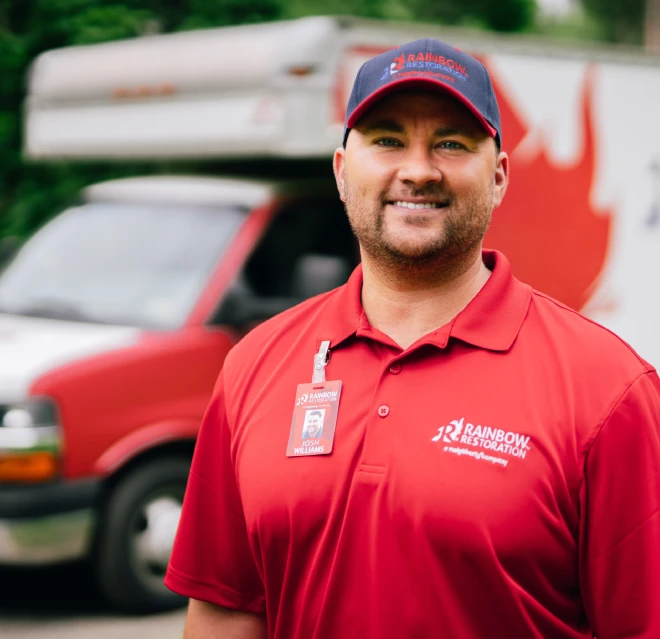
Prioritizing Health and Safety During Restoration
Toronto residents and restoration professionals should always prioritize health and safety when working to restore fire or smoke damage. To safeguard everyone involved from potential health hazards, such as smoke inhalation or toxic chemicals, it’s essential to wear personal protective equipment (PPE). After fires strike, it’s also crucial to ensure structural integrity issues and address any safety concerns.
Restoration experts in Toronto, ON strive to reduce environmental impacts during cleanup efforts. Professional restoration teams remove any foams used to suppress fires and purify the air to prevent further smoke particles from entering the environment.
FAQ About Fire and Smoke Damage Restoration in Toronto
Residential and Commercial Services
From water damage restoration, fire damage restoration, mold removal, to specialty cleaning services, we have the expertise property owners can trust for complete restoration and cleaning after a disaster or emergency.
-
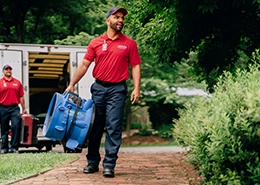
Water Damage Restoration
Restore properties after significant water damage from natural disasters or plumbing issues.Learn more Water Damage Restoration -
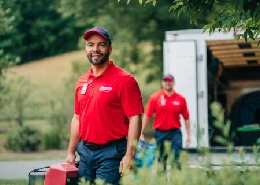
Smoke and Fire Damage Restoration
Remediation of structural fire damage, soot, and smoke stains to fully restore a property.Learn more Smoke and Fire Damage Restoration -
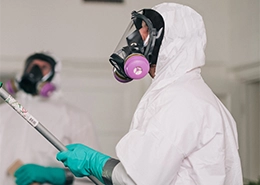
Mold Removal
Safeguard the health of occupants by eliminating potential health hazards and prevent further damage.Learn more Mold Removal -

Full-Service Reconstruction
Restore lives and rebuild properties after damaging events such as a fire, flood, or severe weather.Learn more Full-Service Reconstruction
Our Blog
-
.webp)
What Is a Restoration Company and When Will You Need One?
Restoration companies handle property damage from events such as floods, fires, and mold growth. They help restore a property to its best possible state by cleaning and repairing any damage.
-
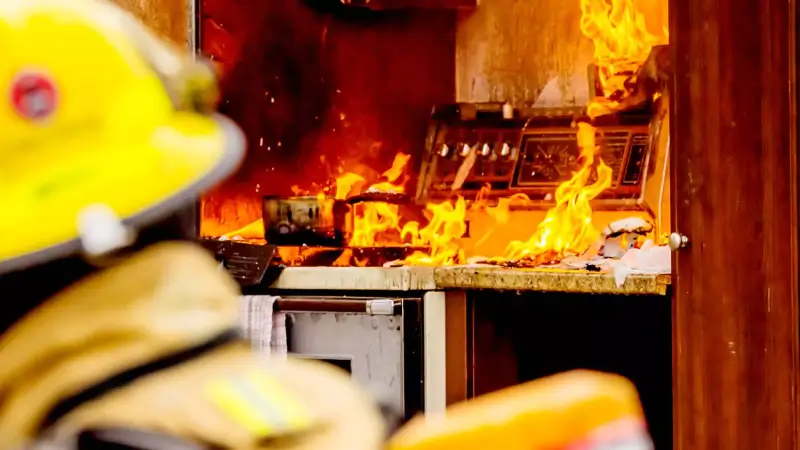
28 House Fire Statistics: How Common Are House Fires?
Knowing and understanding house fire statistics can provide valuable insight into how common house fires are, their typical causes, ways to prevent them, and the costs of smoke and fire damage.
-
.webp)
How Does Mold Spread? 5 Common Causes [+ Prevention Tips]
Mold spreads through air and water. Mold releases spores that use different methods to move from one place to the next. However, mold spread through the air is the most common form of growth in households and businesses.
White Papers
-
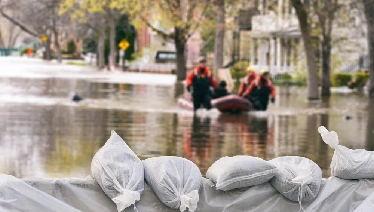
Disaster Restoration Response Time and Why it Matters
-
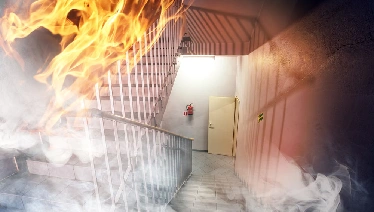
The Role of Emergency Preparedness Planning in Minimizing Business Disruptions
-
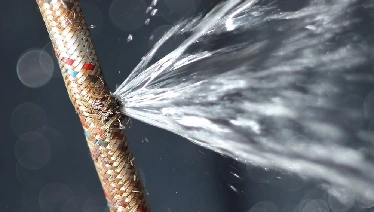
Protecting Your Home, Rental Property, or Business from Appliance-Related Floods

Join Our Team
Restoration begins now.® not only applies to disaster services for property owners – it also applies to you as a future team member!
